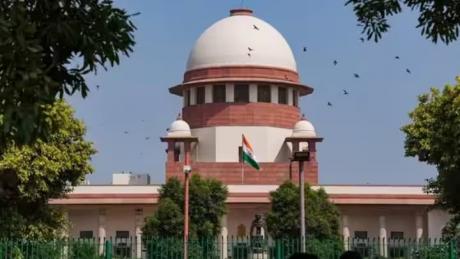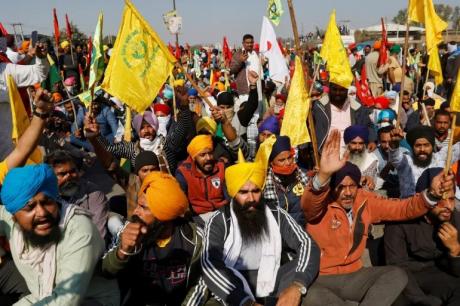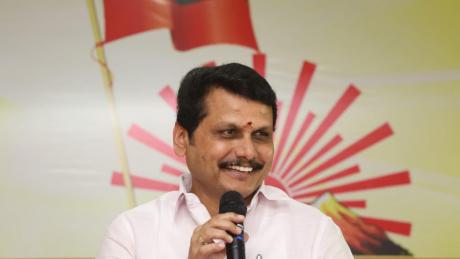On Saturday, Twitter ran into headlines in India after it had removed the 'Blue tick' from Vice President Venkaiah Naidu's personal Twitter account. The micro-blogging site has introduced the blue checkmark system in June 2009 as part of its verification polity. The 'blue tick' on the account denotes that it is verified to be authentic, active, and notable.
By invoking the clause of inactive, Twitter had removed the blue tick from Vice President Venkaiah Naidu's account. The removal has lasted for a short period of time until the site had restored the checkmark back to his personal account. According to reports, the social media platform was trending on Saturday morning after it had removed the checkmark from Naidu's account.
The officials of the Vice President's Secretariat have said that the Twitter handle of Naidu @MVenkaiahNaidu was inactive for a long time and the Twitter algorithm had removed the blue tick. The officials further said that Twitter was in the process of restoring the verification badge. As per his account, the last tweet that the Vice President had posted through his personal handle was on July 23, 2020.
Venkaiah Naidu has been serving as the Vice President of India since August 2017 and the official communications from him including his speeches, remarks, international tours, and obituaries have been shared through the official account of the Vice President of India (@VPSecretariat). Naidu's personal handle has about 1.3 million followers and he was not actively using it.
According to ANI, a Twitter spokesperson said, "The account (Naidu's personal handle) has been inactive since July 2020 and as per our verification policy, Twitter may remove the blue verified badge and verified status if the account becomes inactive. The badge has been restored."
Twitter has explained that the blue tick signifies that an account is authentic, notable, and active. The reports say that the removal of the blue tick has come when the Indian government and Twitter are in a tug-of-war over several issues including freedom of expression and the new IT rules.









Comments